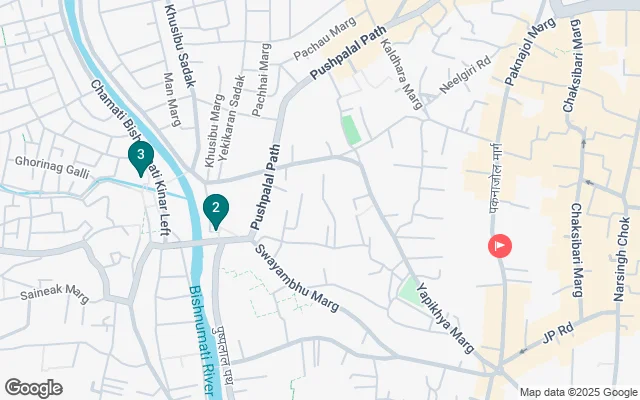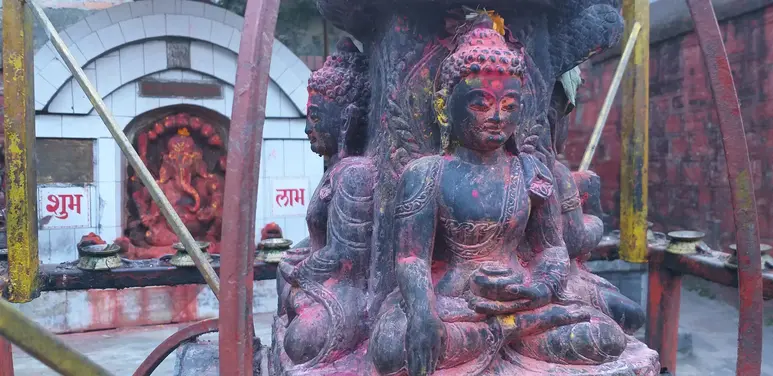
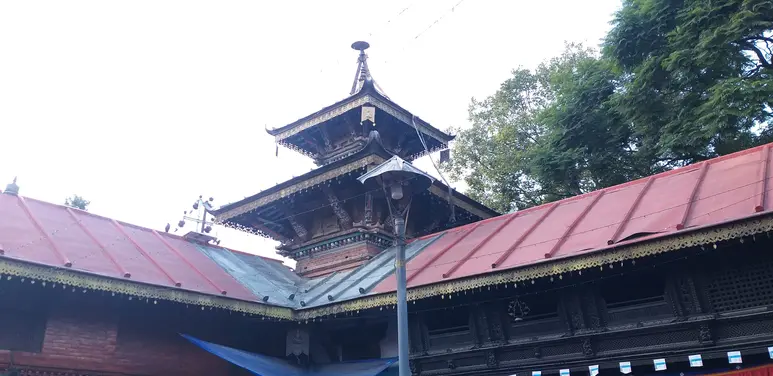
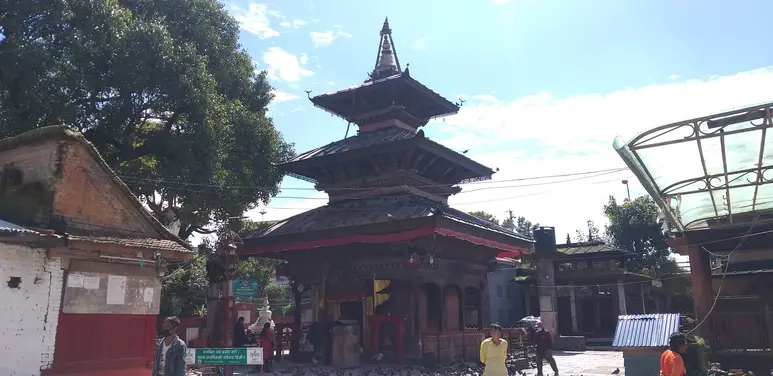
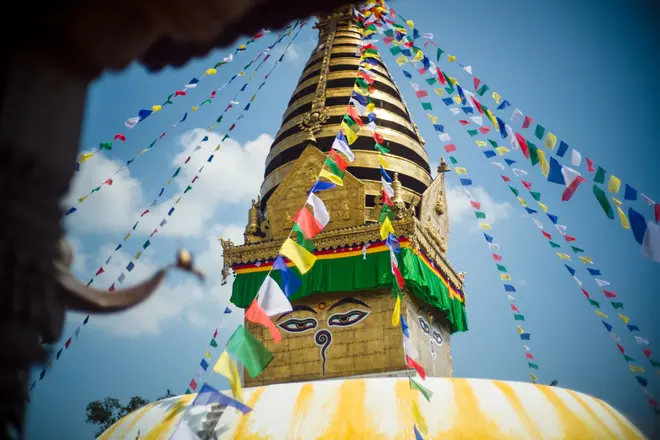
Introduction to Hinduism and Buddhism in Nepal
Tour description
Let’s Discover the basic beliefs and lifestyle of Nepalese People
Nepal is predominant a Hindu country with more than eighty percent following Hinduism , nine percent Buddhism and remaining Christianity, Islam, Sikhs, Jain and others. However, the intrinsic belief of normal Nepalese comprises the values from both Hinduism and Buddhism practices and worships deities from both pantheons. A running joke is that – an average Nepalese is 60 percent Hindu and 60 percent Buddhist, because they are seen celebrating and worshiping in every occasion, making it more than a hundred.
Every day is a festival in Nepal – we just don’t happen to know, because of the multiple ethnic groups and their own culture & traditions, something is always happening somewhere. Despite the popular everybody’s festivals, every ethnic group – more than 125 speaking their own language – have their own distinct style of worship to a variety of deities, following with a ceremony or rituals accordingly.
We will be walking from Paknajol to Swayambunath Stupa, around 2.2 km, for 35 minutes total (one way).
We will stop at two different temples - Indrayani Temple and Shobha Bhagwati Temple before arriving at Swayambunath Stupa.
To enter Swayambunath Stupa – travelers need to pay Rs 200 as entry fee. All the other attractions are free to enter, although you can make a small donation for the temple if you like.
Please note:
- Meals and transportation are not provided in this tour.
What will we see on this tour?
